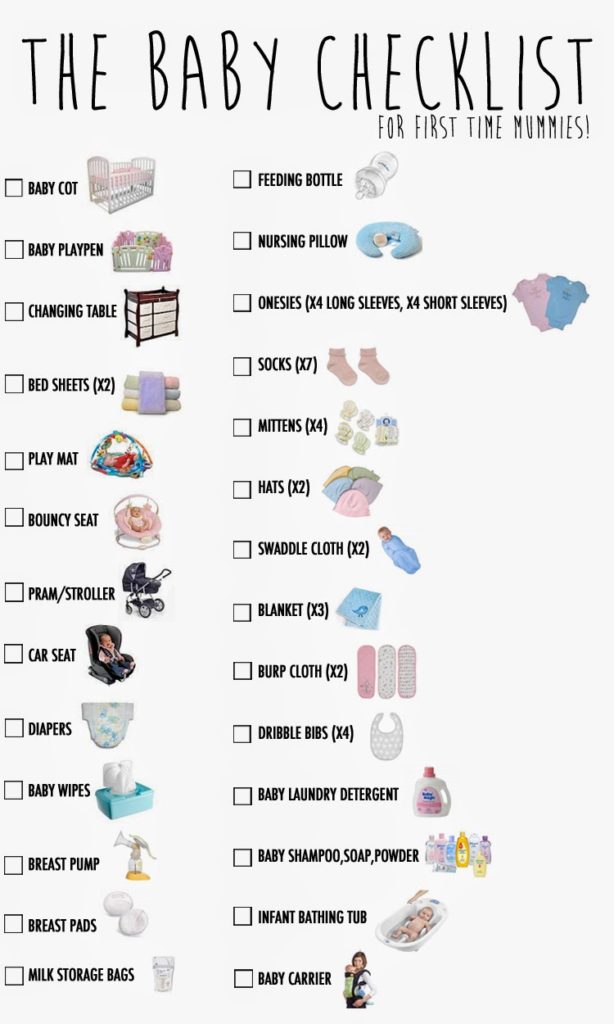- Portrayals of Childbirth in the media: is it causing women to fear?
- part 2
- page 3
- page 5
- All Pages
Content of typical media on childbirth
More women watch childbirth ‘reality’ TV than attend prenatal classes (VandeVusse, 2008). In addition, they are exposed to childbirth books, magazines, and websites. Popular media have demystified childbirth while replacing it with a medicalized, image (Stillerman, 2007). Lack of real understanding leaves women vulnerable to media portrayals. Negative messages influence negative perceptions and vice-versa.
In the UK, production companies request professional input from the Royal College of Midwives but rarely seek on-set consultation—medical accuracy is all they seek (Robotham, 2000). Rather than fit storylines with medical reality, the reverse is sought. Though medically feasible, their births are not statistically plausible. What is realistic or normal becomes confused. Midwives and childbirth educators therefore seek to dispel the resultant myth that uncomplicated birth is “lucky” rather than normal.
Childbirth in different media – film, television, print and Internet
To understand portrayal of childbirth in the media, one should consider what has been found for each media type.
In 1997, Clement conducted the largest study to date on television childbirth. Clement found that TV birth differed from reality in many ways. Labour was unpredictable, very fast, and usually resulted in complications. Clement also found much lower rates of analgesia on British television. Inhalation analgesia, narcotics, and epidurals were used only 7%, 3% and 5% of the time respectively (Clement, 1997). Sixty-three percent of television births considered fictional, the remainder were ‘real’ births or accounts thereof (Clement, 1997).
Most births took place in hospital with one third at home–a third of which were unplanned and occurred because women could not get to hospital in time. Fifty-three percent of homebirths were in historical context—any time before 1970. Nine percent delivered neither at home or in-hospital, but elsewhere including “a classroom, an ambulance, on a truck, at a boxing match, in a car, on a hospital bed in the street during a charity bed push and in the toilet of a hospital casualty department” (Clement, 1997). Inability to get to hospital was a major theme (26% of shows) amongst fictional births (Clement, 1997).
Eighty-one percent of fictional characters left for hospital after their first contraction (Clement, 1997). Fast labours—rare in reality yet common on TV—reinforce the impression that labour is an emergency.
Further supporting medicalized birth, doctors were the most likely caregiver to attend births—at the time of Clement’s study, midwives provided most of Britain`s maternal care. TV doctors wore theatre gowns, surgical caps, or masks 70% of the time.
Only 46% of births included a support person (Clement, 1997). This low number is partly attributed to historical programs in which partners were not allowed into the delivery room. Another contributing factor is the speed at which televised labours occur: partners simply could not get there in time.
Analysis of time allotted to various stages of labour found the second (pushing) stage of labour was shown 47% of the time (Clement, 1997). Labours therefore appear painful for long periods of time as opposed to only transition and pushing being intense. Most medical interventions such were much less common on TV with exceptions being caesareans and assisted vaginal delivery, presumably due to dramatic value. Seventy-five percent were emergency procedures carried out under general anaesthesia (Clement, 1997). Not surprisingly, complications were more common on television. Planned homebirths are represented as dangerous, as two of the three perinatal deaths on TV took place at home (Clement, 1997). Since homebirths take place either in historical contexts or result in death, inherent danger of birth outside the hospital is implied. Clement concluded that childbirth on TV is inaccurate. She further states: the ‘banality’ of more typical births – a normal labour, with a gradual and imprecise onset, a lengthy first stage, a plethora of interventions and pain relief, the delivery of a healthy baby into the hands of a waiting midwife – is probably less telegenic and so less likely to be shown (Clement, 1997).









